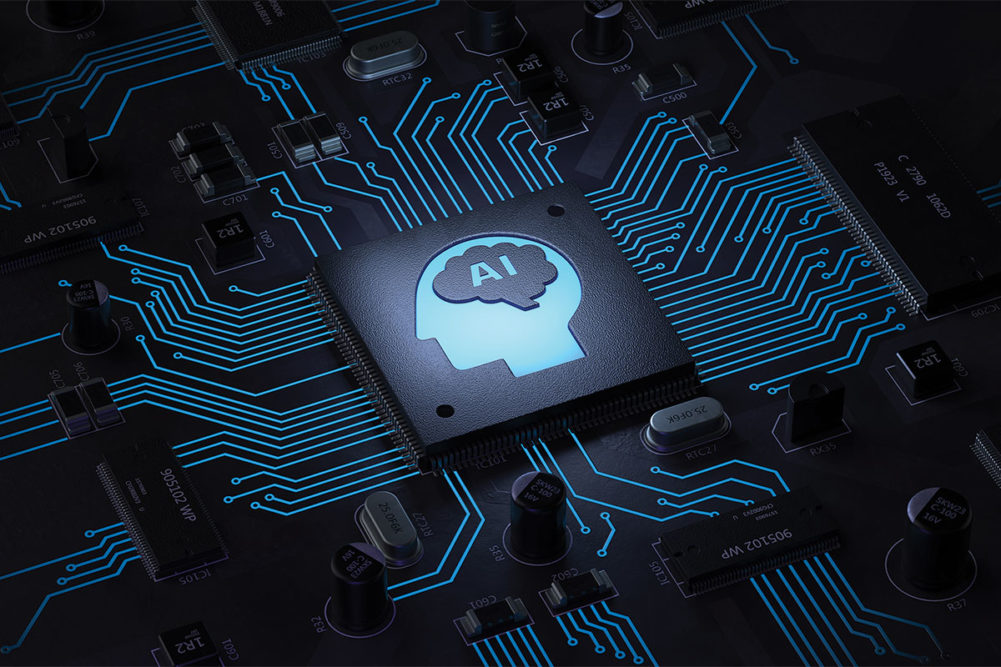CHICAGO — What formerly took decades or even longer can be shortened to about two years with help from artificial intelligence (AI), according to Nora Khaldi, chief executive officer, Nuritas, Dublin, Ireland. The “what” is new food ingredients, and AI is the tool to create healthier, safer and more sustainable food systems.
Khaldi was part of a panel discussion on AI at IFT FIRST, the annual event of the Institute of Food Technologists taking place this week in Chicago. She explained how the current way of producing food needs to be updated, and quickly, in order to save the planet and feed the growing population.
“The modern food system is unhealthy and old,” Khaldi said. “It’s because of the ingredients being used in these foods. These foods were built for taste and cost, not nutrition.”
She said that over the past few years, she observed how the food industry is stuck. That’s because, in order to develop new ingredients that are cost-effective, taste-neutral and healthy, it is expensive and can take decades. With AI, it can be less than two years, and that two years includes developing and commercializing the ingredient, along with clinical studies and regulatory requirements.
“We use it [AI] to discover new ingredients for the food space in a fraction of the time,” Khaldi said. “Both discriminative AI, which is being able to recognize a molecule from another one or a function from another, as well as generative AI. These are the types of ingredients that the industry likes, how can we create something that’s better but like it. It’s all about creating new ingredients with old information that AI has been given.
“You have to teach the AI with data,” she said. “Then the AI becomes independent and can generate.”
To create new ingredients, one must understand human biology, Khaldi said. AI speeds that process up and helps humans better understand ingredients and the foods they are in, and subsequently, the effect they have on the body.
Using AI, Nuritas was able to launch PeptiStrong, which is a peptide designed to promote muscle health.
“It’s an ingredient that would have taken 30 million years to discover through traditional ways,” said Khaldi. “Through AI, we can shorten that down to two years.”
Asch Harwood, vice president, data and Insights, ReFED, Long Island, N.Y., moderated the panel. He explained that, “AI will help make best use of the foods we produce.” But he cautioned that AI should not be just about doing AI. It should actually address why and what you’re trying to achieve. It’s important to have a goal.
You need to know what business problem you are solving, said Ramesh Kollepara, vice president and global chief technology officer, Kellanova, Chicago. To use AI effectively, you need lots of data, but it also has to be good data, and AI is only as useful as the information it is fed.
“Be obsessive with the quality of the data,” Kollepara said. “AI and generative AI are going to really amplify any quality issues within the data you have.
“Because it [AI] can almost mimic a human, it can actually bring bias,” Kollepara said. “We need to be conscious of the bias, and we need to monitor and tune generative AI differently.”
Justin Honaman, head, worldwide retail and consumer goods go-to-market at Amazon, Atlanta, said, “The technology is moving faster than people can keep up with.”





